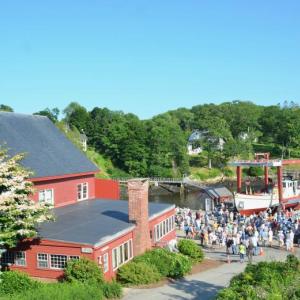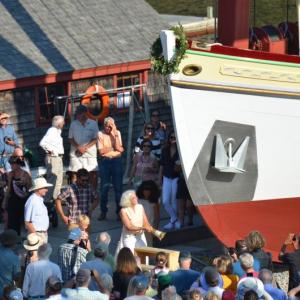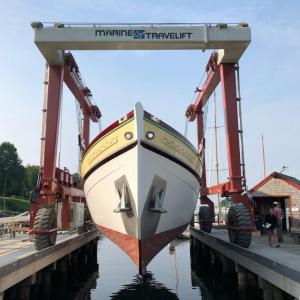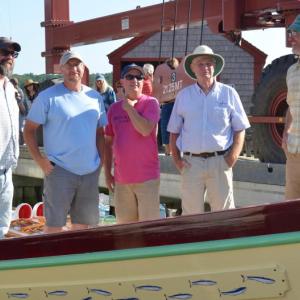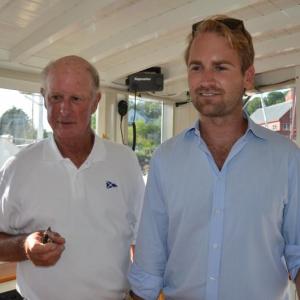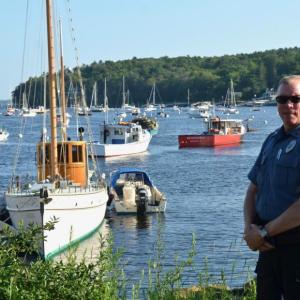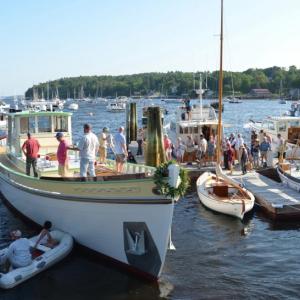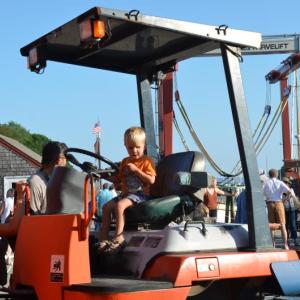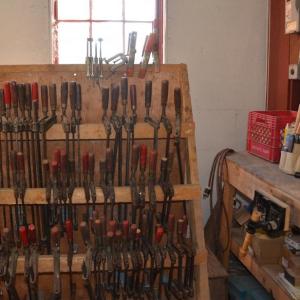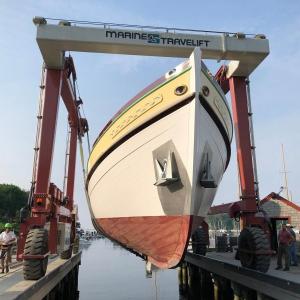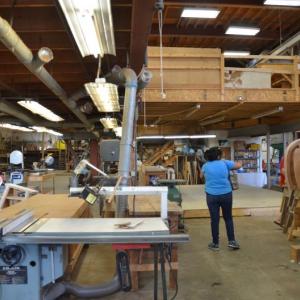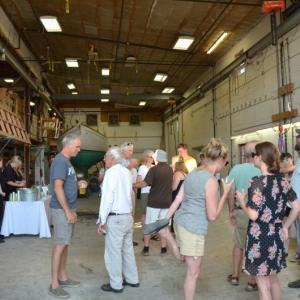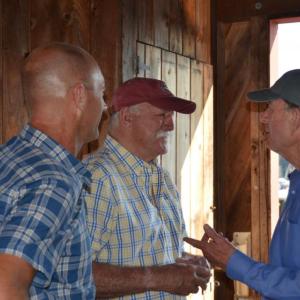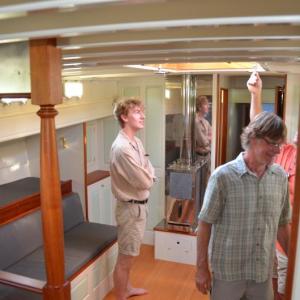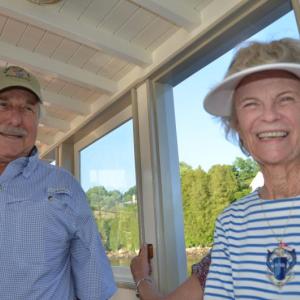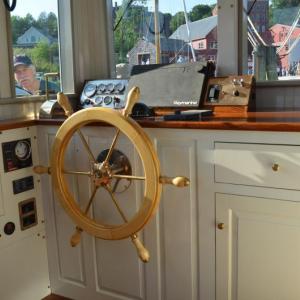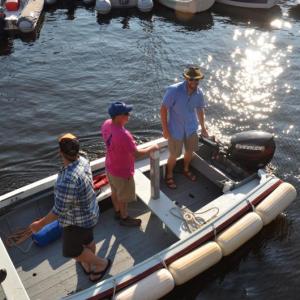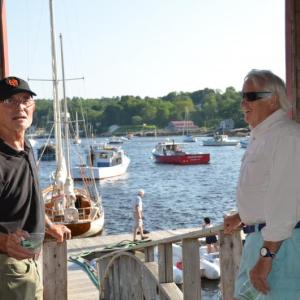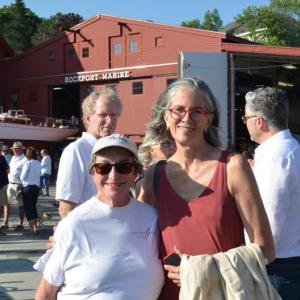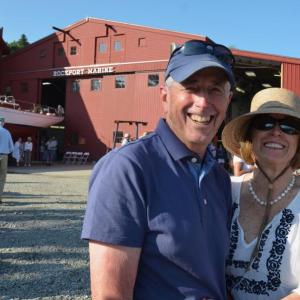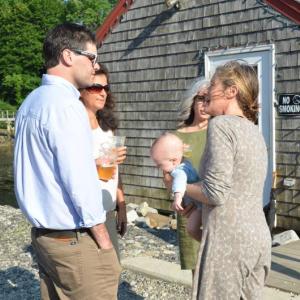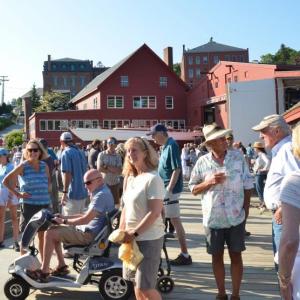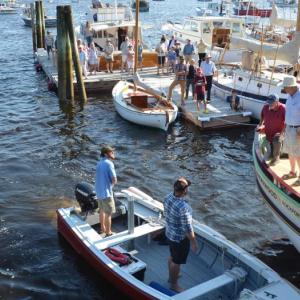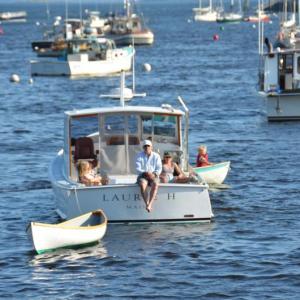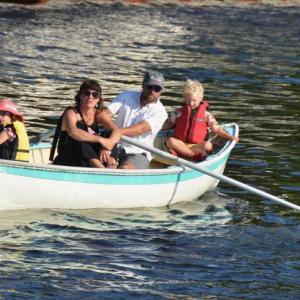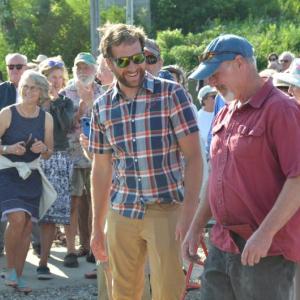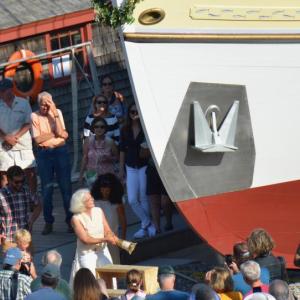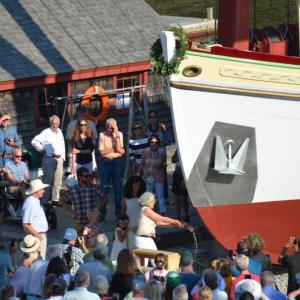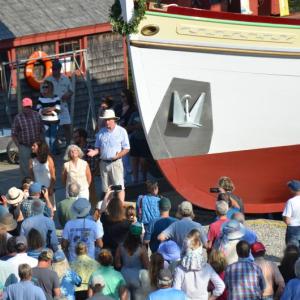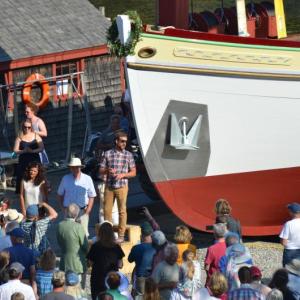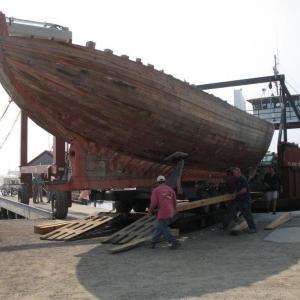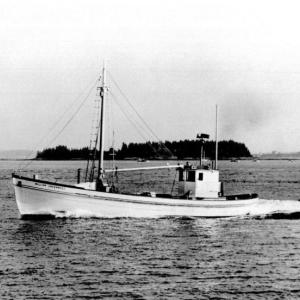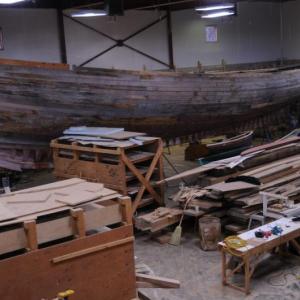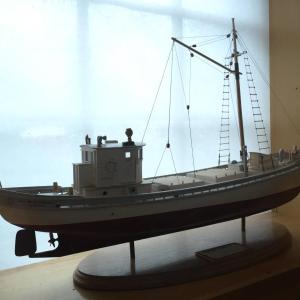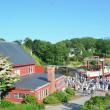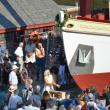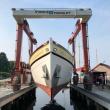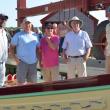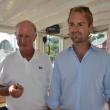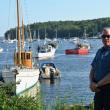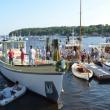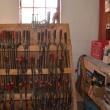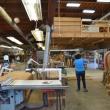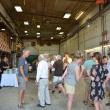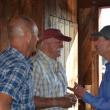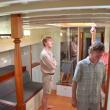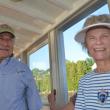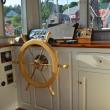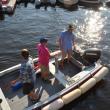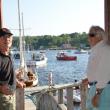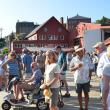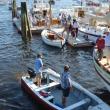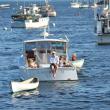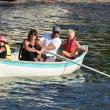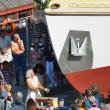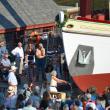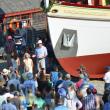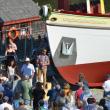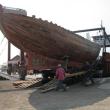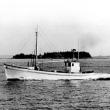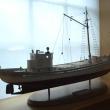In homage to form and function, Rockport Marine launches rebuilt sardine carrier to cheering crowd
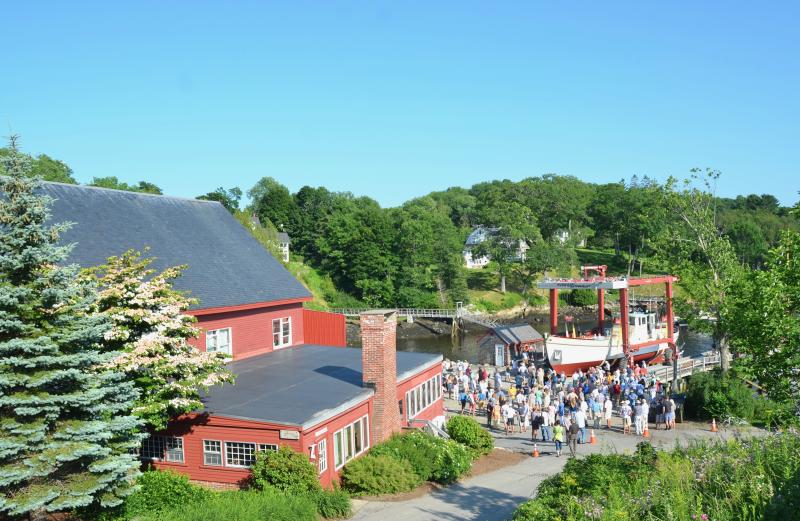
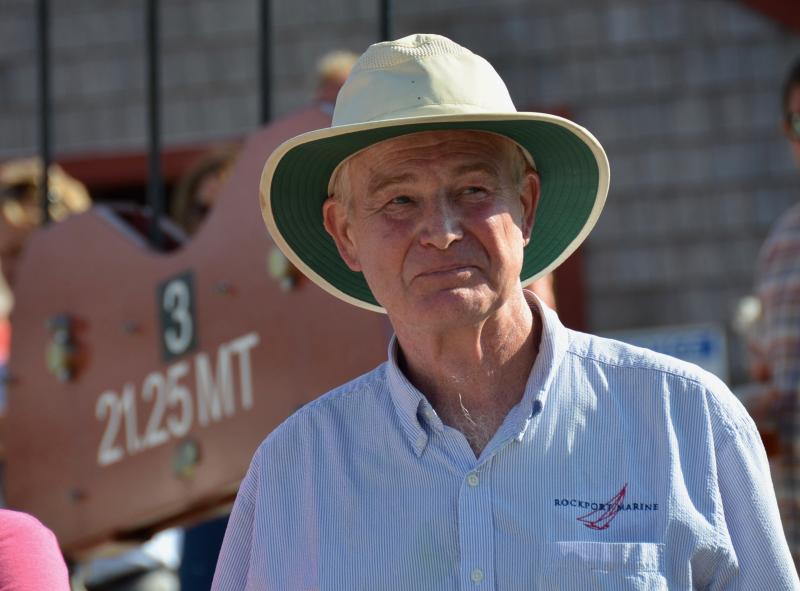 Taylor Allen (Photo by Lynda Clancy)
Taylor Allen (Photo by Lynda Clancy)
 Martha White sweeps the bottle of champagne against the bow of the Underwood just before the boat is settled into the water.
Martha White sweeps the bottle of champagne against the bow of the Underwood just before the boat is settled into the water.

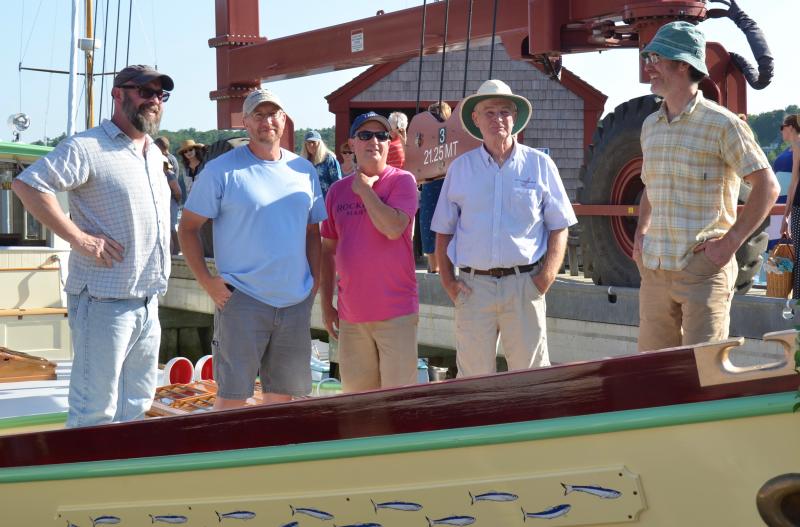 Brad Ellsworth, Marty Allwine, Tom Dayhoof, Taylor Allen, Parker Hackett
Brad Ellsworth, Marty Allwine, Tom Dayhoof, Taylor Allen, Parker Hackett
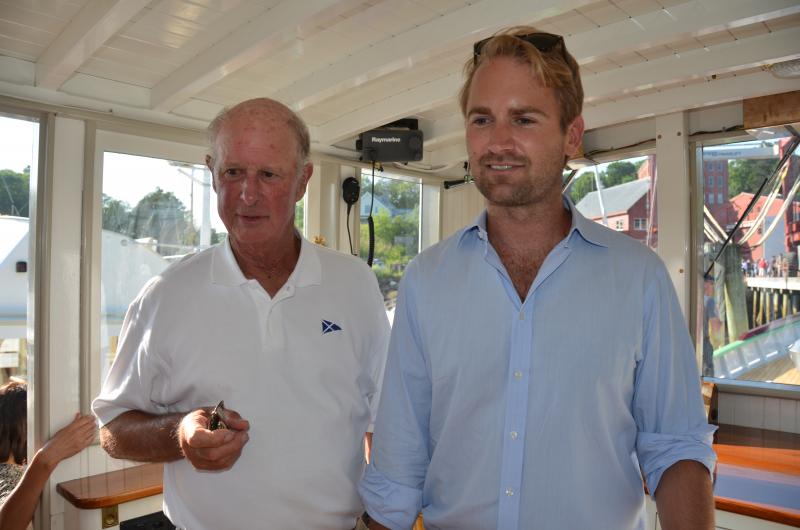 William and Rosswell Underwood. (Photo by Lynda Clancy)
William and Rosswell Underwood. (Photo by Lynda Clancy)
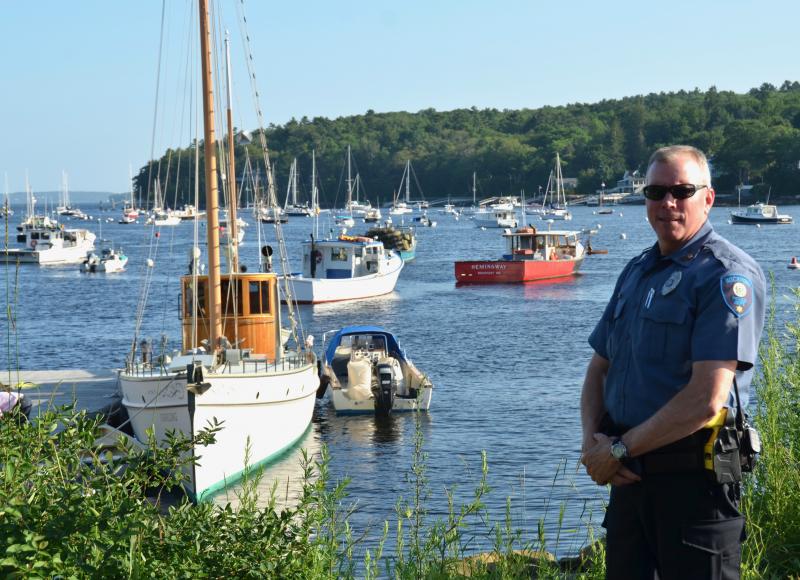 Rockport Police Officer Travis Ford is on duty at the launching for one of the town’s more festive occasions. (Photo by Lynda Clancy)
Rockport Police Officer Travis Ford is on duty at the launching for one of the town’s more festive occasions. (Photo by Lynda Clancy)
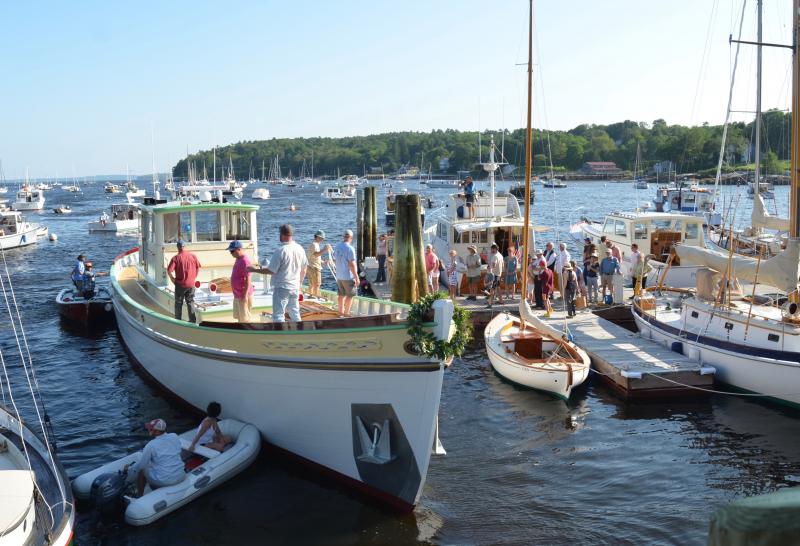
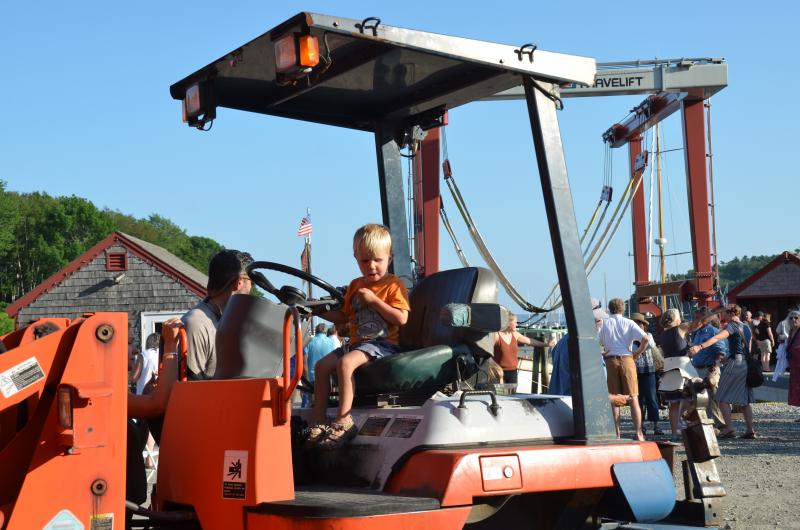
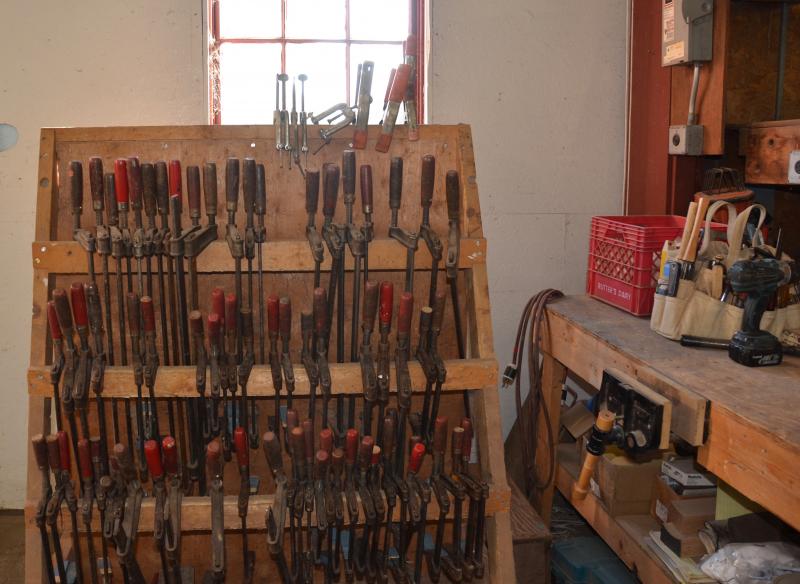

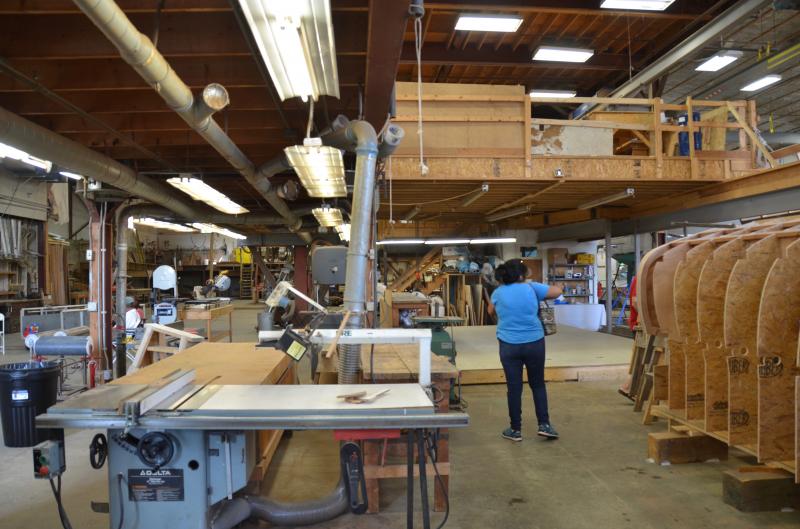
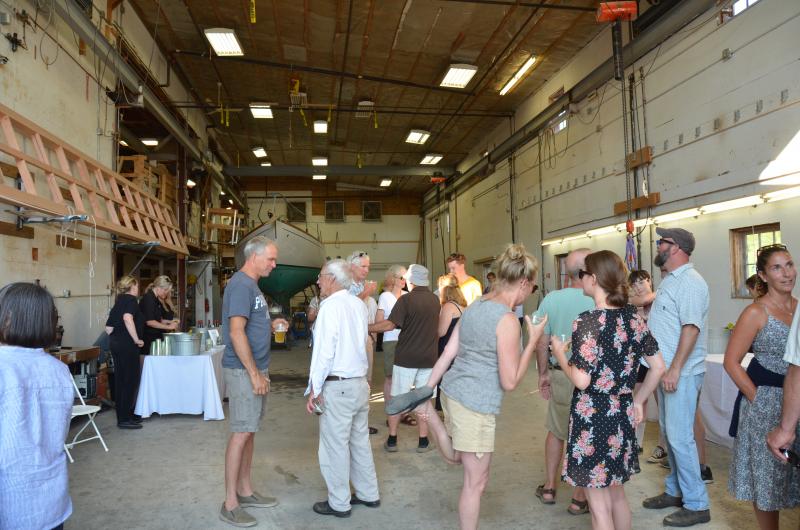
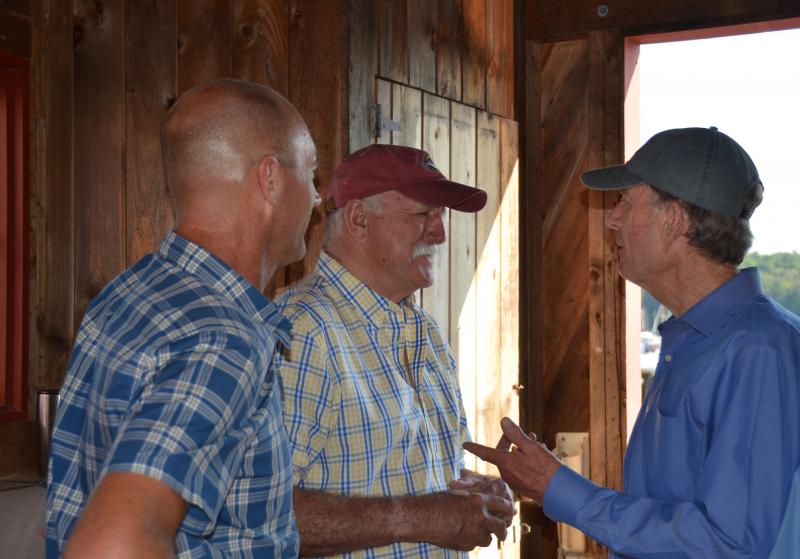 Julien Underwood, Sam Appleton and Charlton Ames. (Photo by Lynda Clancy)
Julien Underwood, Sam Appleton and Charlton Ames. (Photo by Lynda Clancy)
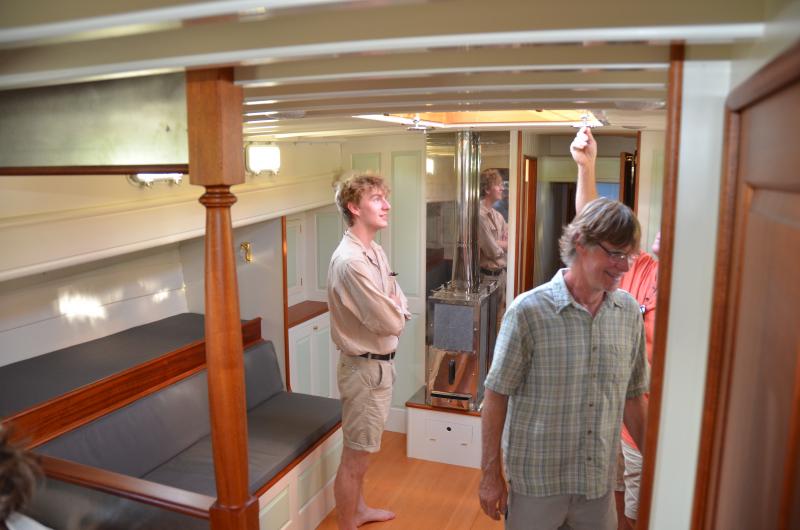
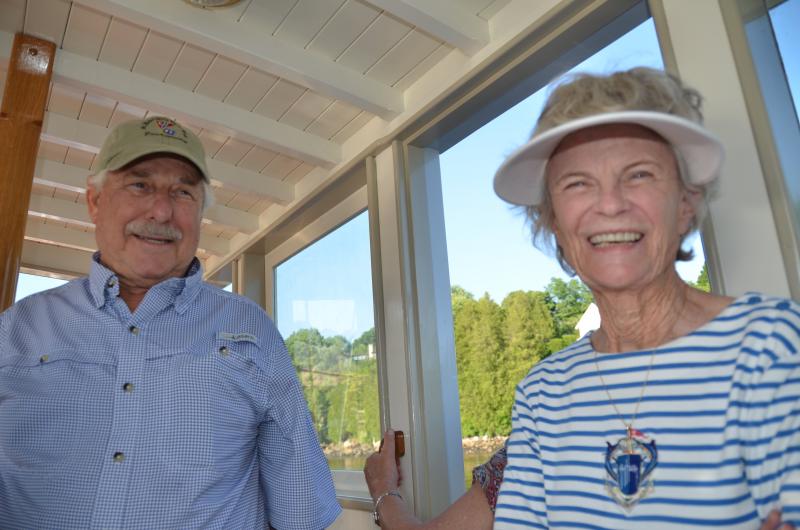 Sandy Schoenberg and Isabel (Ames) Schoenberg, of St. Petersburg, Florida, and Rockport. (Photo by Lynda Clancy)
Sandy Schoenberg and Isabel (Ames) Schoenberg, of St. Petersburg, Florida, and Rockport. (Photo by Lynda Clancy)
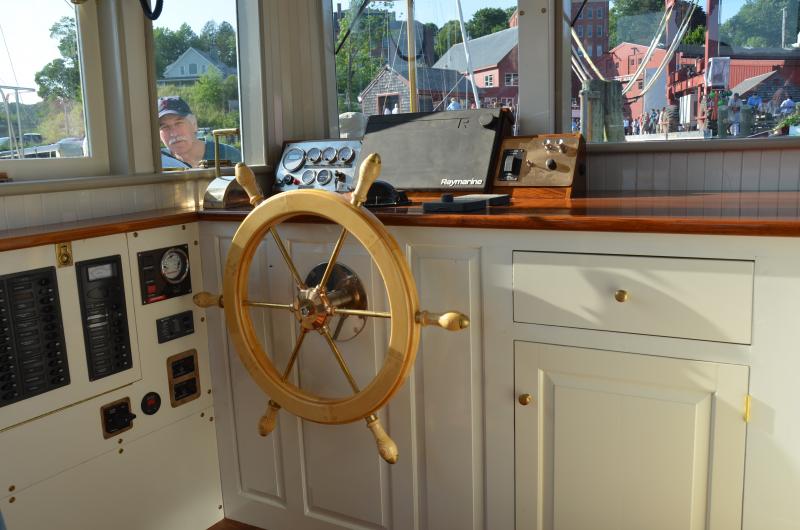 The pilot house of the Underwood.
The pilot house of the Underwood.
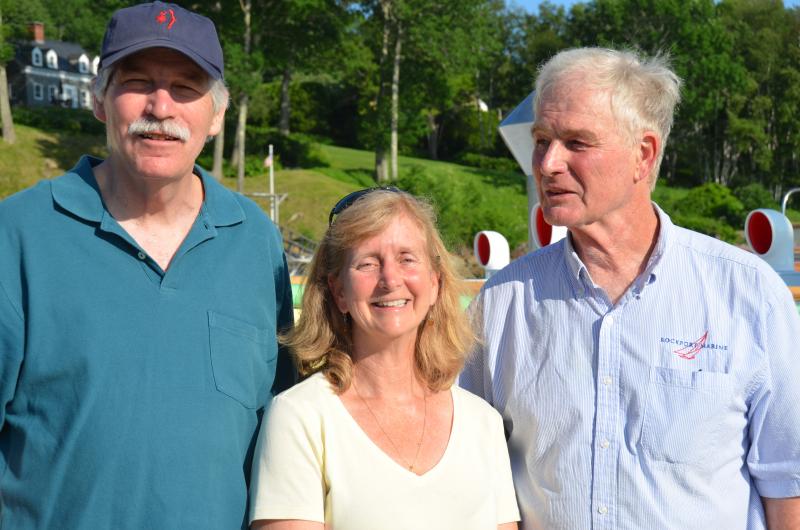 The launching served as a mini-reunion, as well, of the former Five Town CSD School Board, circa 1999: Joe Curl, Lee Goss and Taylor Allen. (Photo by Lynda Clancy)
The launching served as a mini-reunion, as well, of the former Five Town CSD School Board, circa 1999: Joe Curl, Lee Goss and Taylor Allen. (Photo by Lynda Clancy)
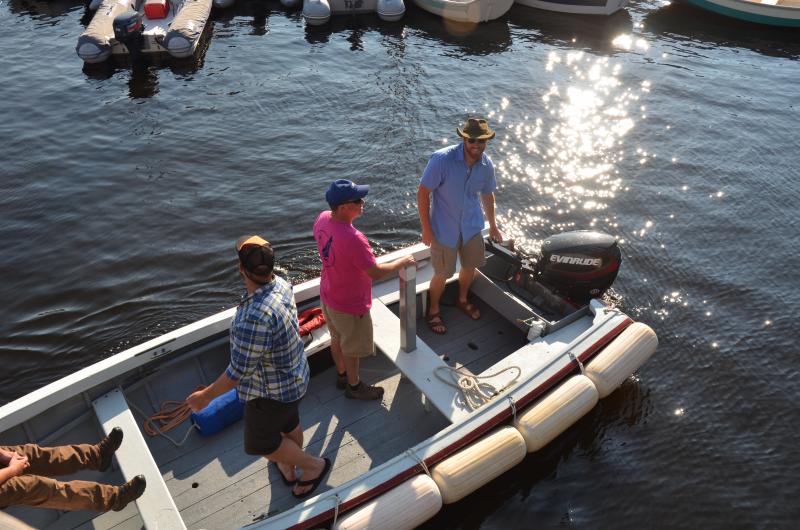
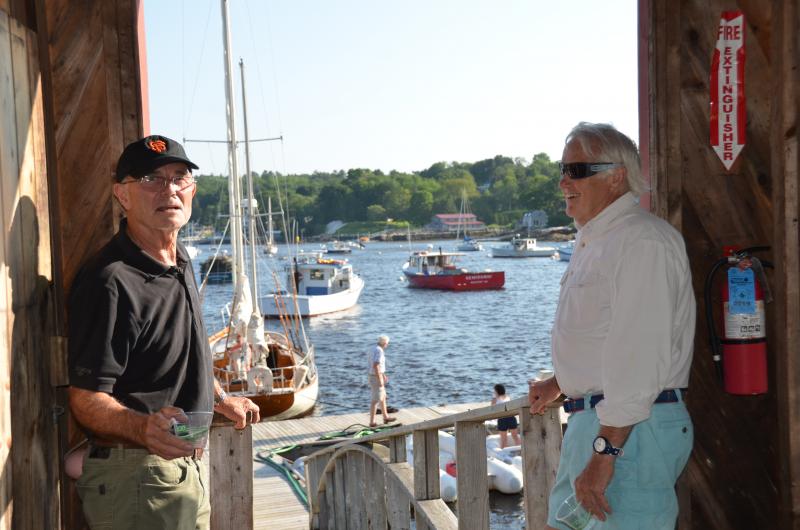 Gary Price and Steve Smith
Gary Price and Steve Smith
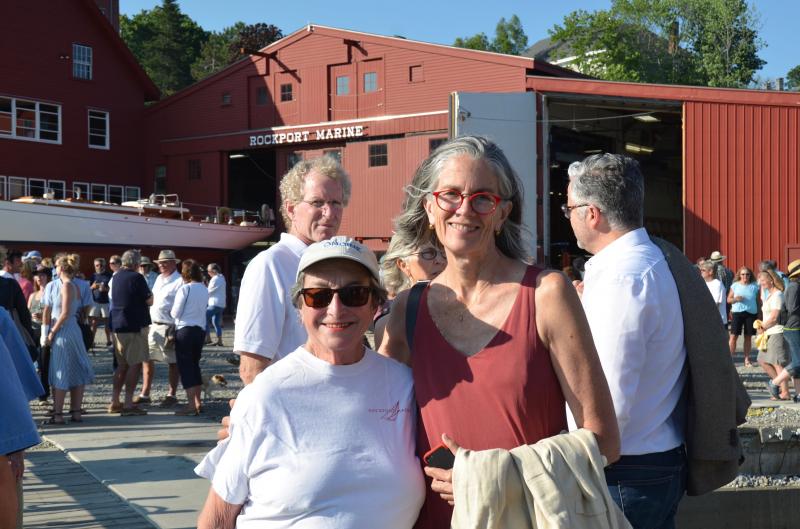 Sani Fogel and Monica Kelly.
Sani Fogel and Monica Kelly.
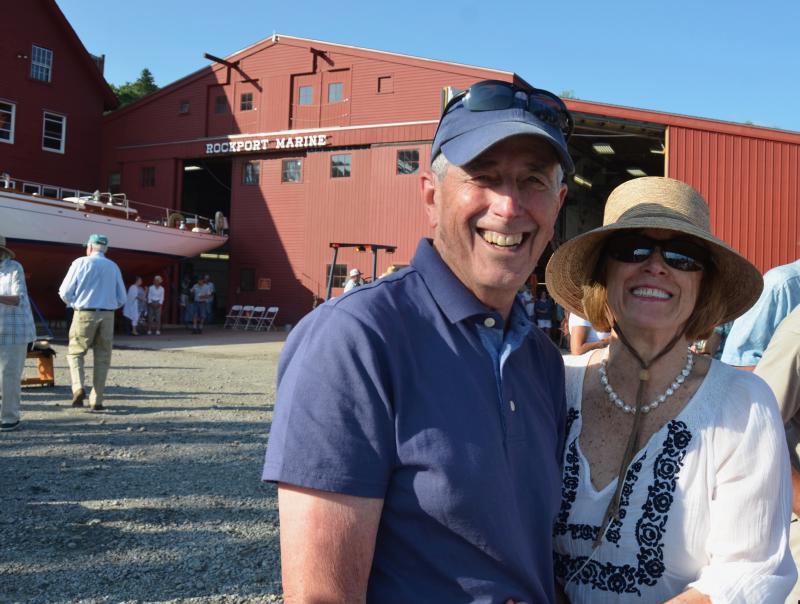 Richard Anderson and Kathrin Seitz.
Richard Anderson and Kathrin Seitz.
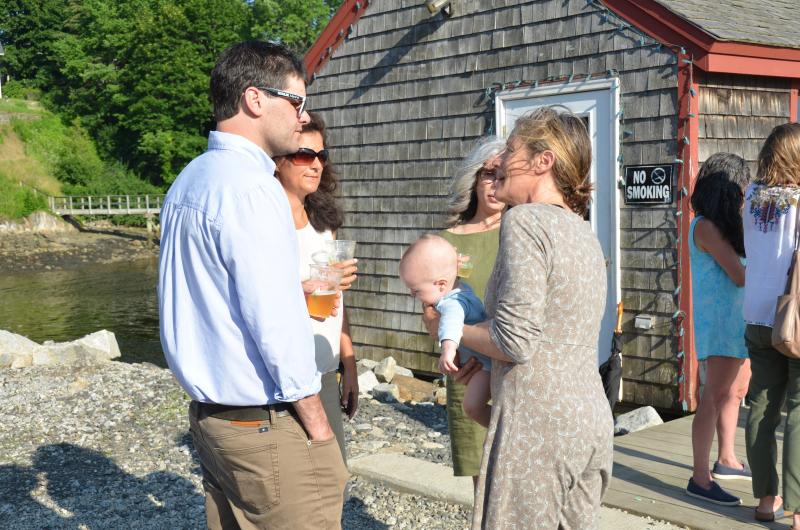
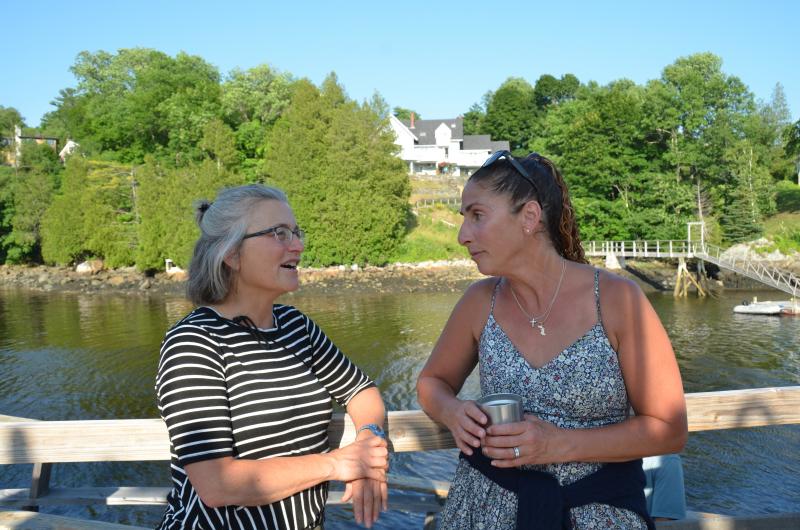 Eliza Haselton and Kim Kimball.
Eliza Haselton and Kim Kimball.
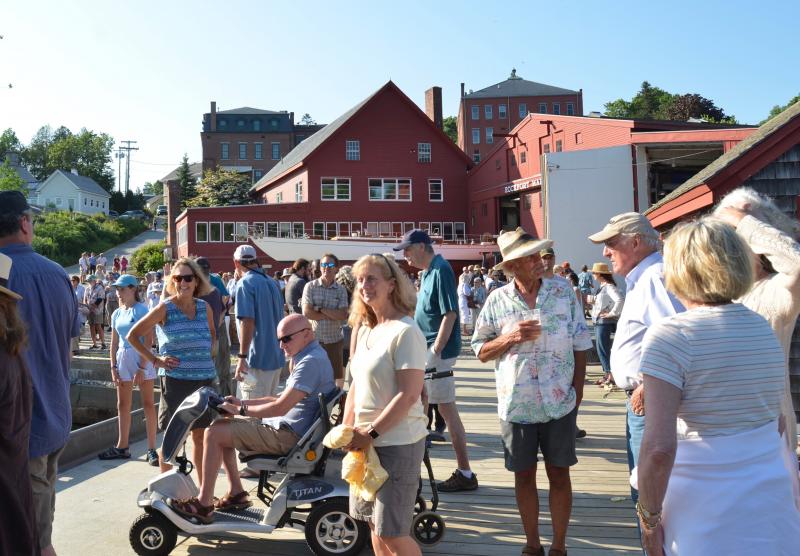
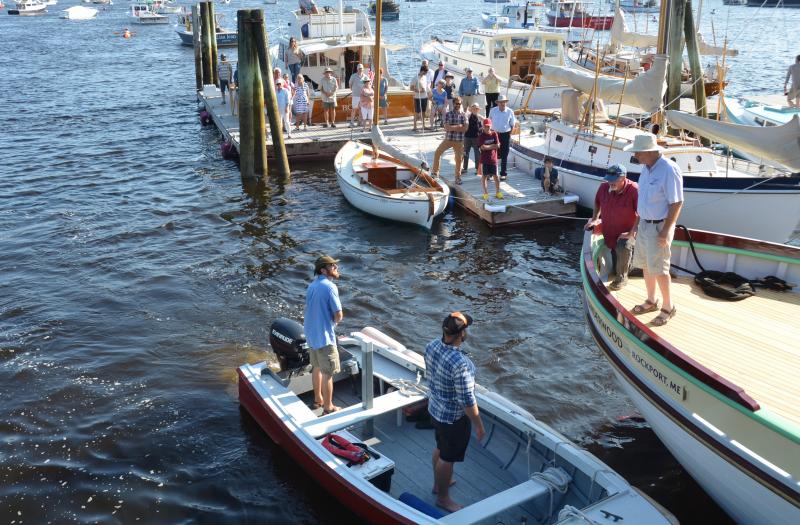
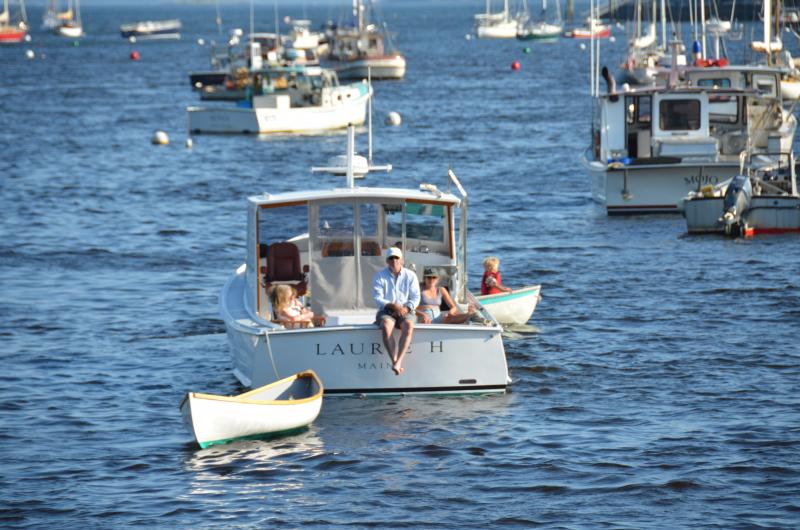
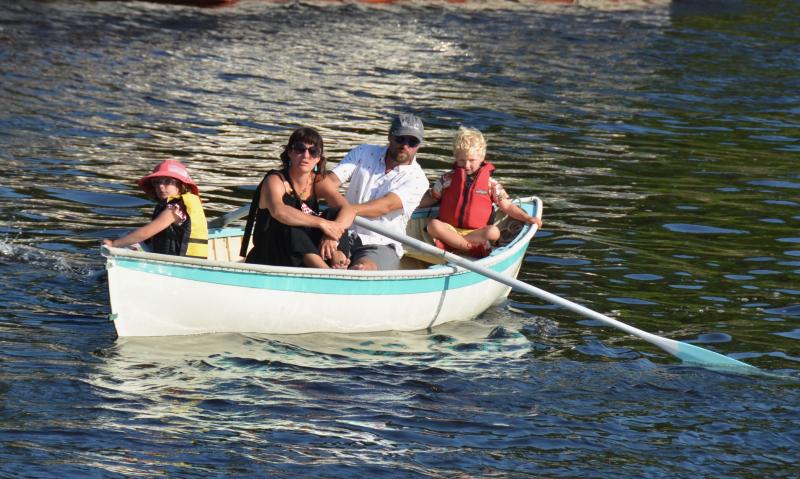
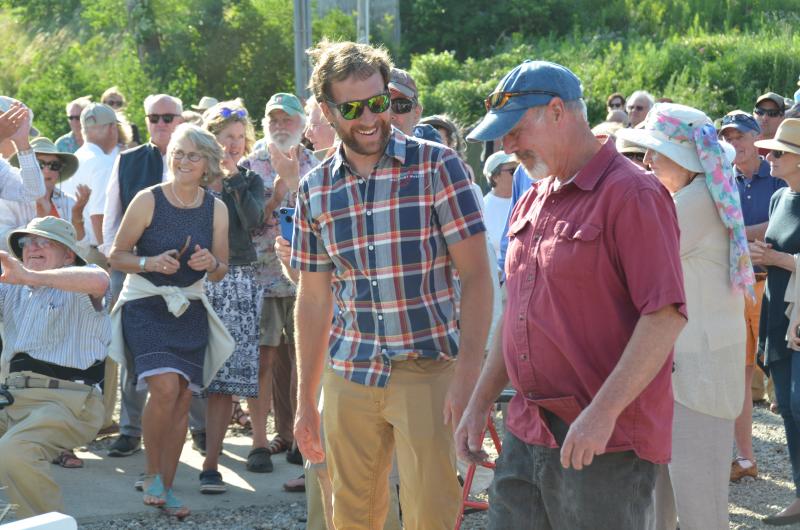 Sam Temple and Tim Watts
Sam Temple and Tim Watts
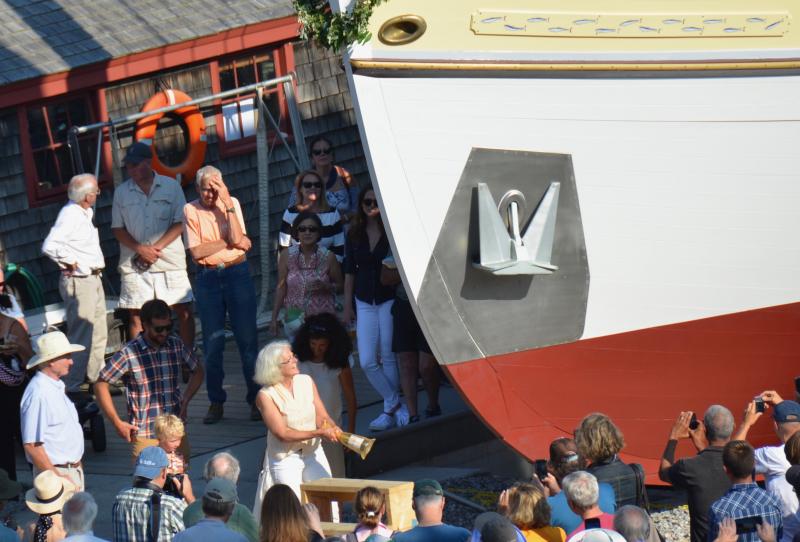
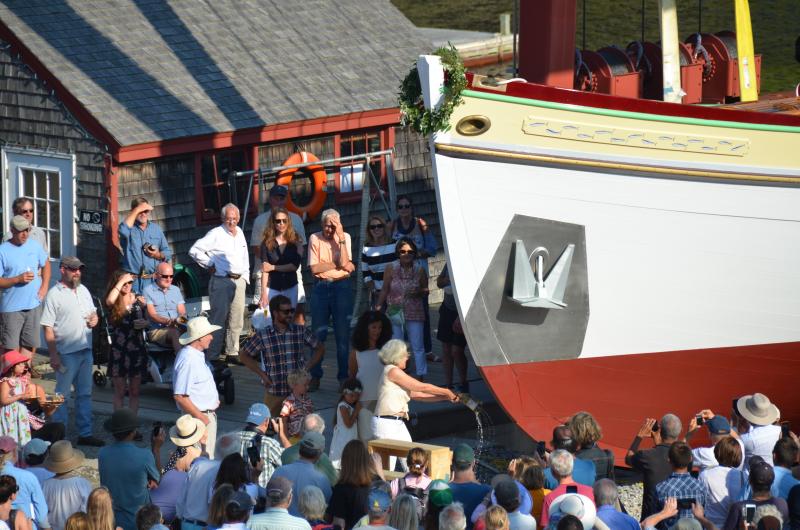
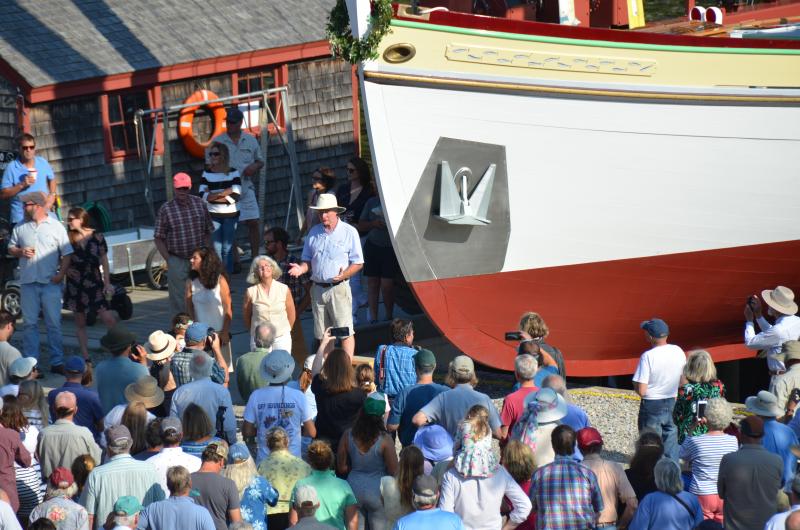
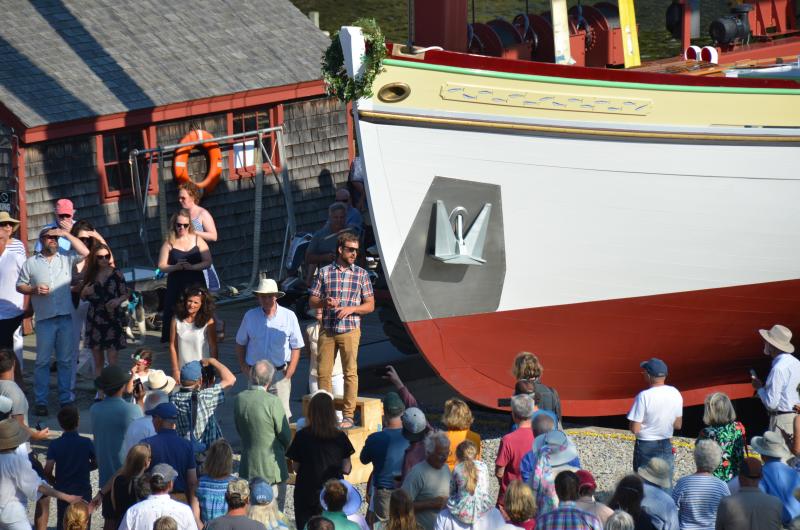
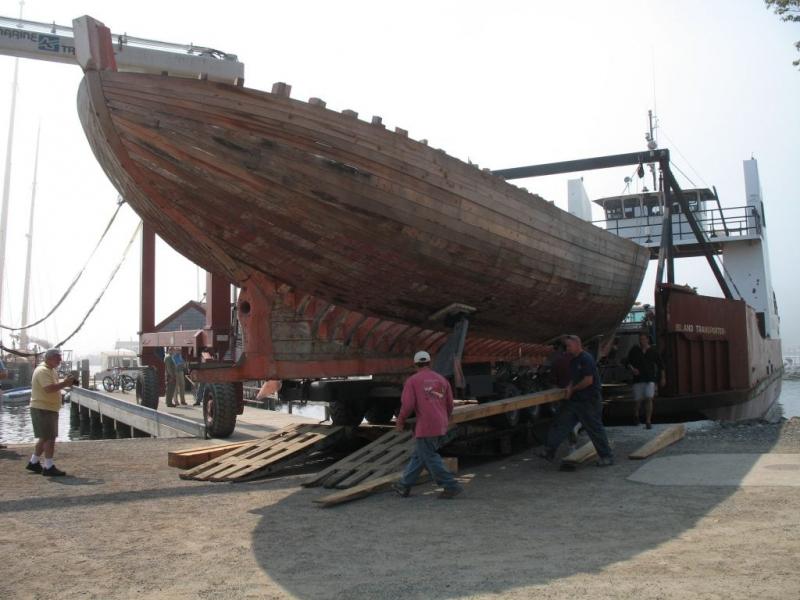 The Underwood, as it arrived at Rockport Marine, 12 years ago. (Photo courtesy Rockport Marine)
The Underwood, as it arrived at Rockport Marine, 12 years ago. (Photo courtesy Rockport Marine)
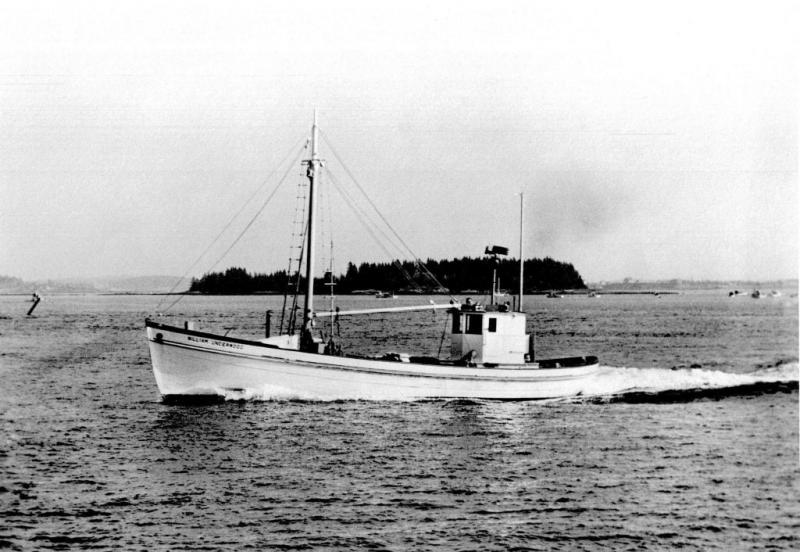 The Underwood in its working days. (Photo courtesy Rockport Marine)
The Underwood in its working days. (Photo courtesy Rockport Marine)
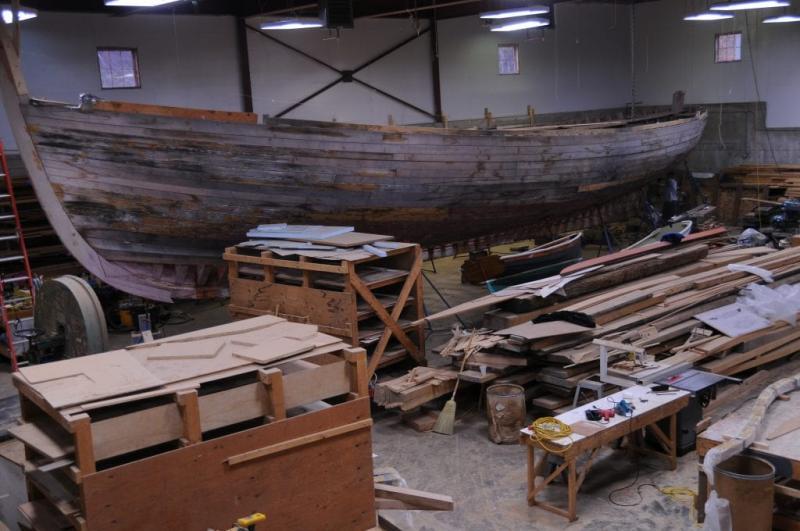 Inside Rockport Marine. (Photo courtesy Rockport Marine)
Inside Rockport Marine. (Photo courtesy Rockport Marine)
 A model of the Underwood that is in Southwest Harbor. (Photo courtesy Judy Bonzi)
A model of the Underwood that is in Southwest Harbor. (Photo courtesy Judy Bonzi)
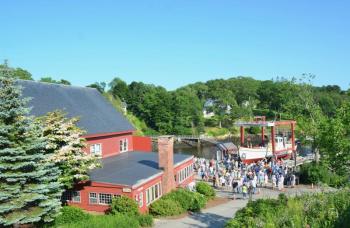
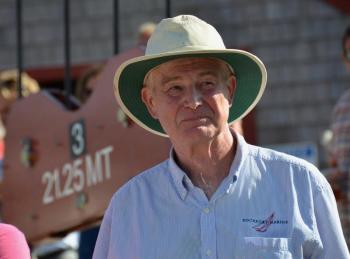 Taylor Allen (Photo by Lynda Clancy)
Taylor Allen (Photo by Lynda Clancy)
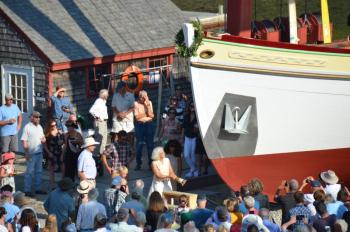 Martha White sweeps the bottle of champagne against the bow of the Underwood just before the boat is settled into the water.
Martha White sweeps the bottle of champagne against the bow of the Underwood just before the boat is settled into the water.
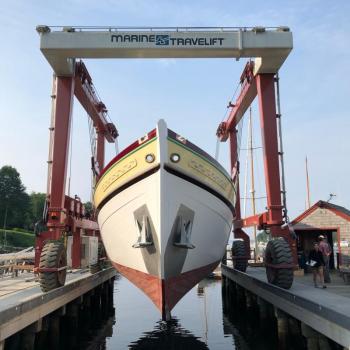
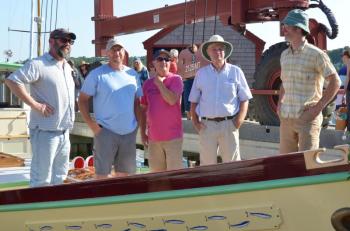 Brad Ellsworth, Marty Allwine, Tom Dayhoof, Taylor Allen, Parker Hackett
Brad Ellsworth, Marty Allwine, Tom Dayhoof, Taylor Allen, Parker Hackett
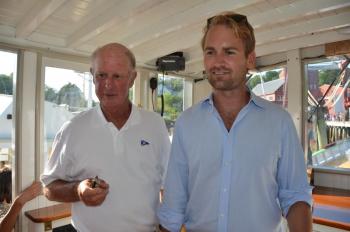 William and Rosswell Underwood. (Photo by Lynda Clancy)
William and Rosswell Underwood. (Photo by Lynda Clancy)
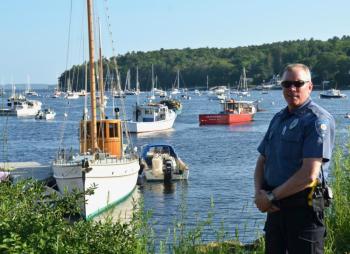 Rockport Police Officer Travis Ford is on duty at the launching for one of the town’s more festive occasions. (Photo by Lynda Clancy)
Rockport Police Officer Travis Ford is on duty at the launching for one of the town’s more festive occasions. (Photo by Lynda Clancy)
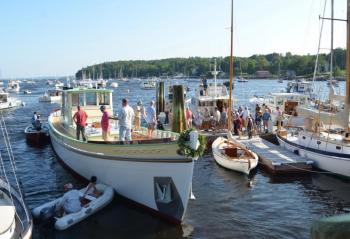
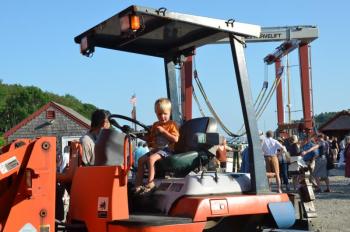
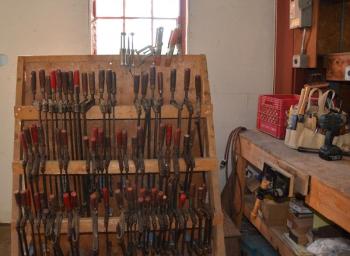
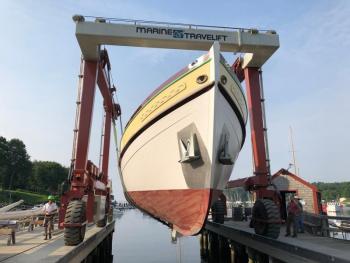
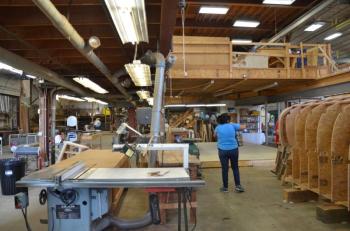
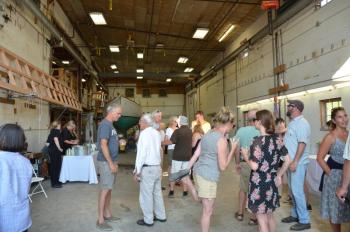
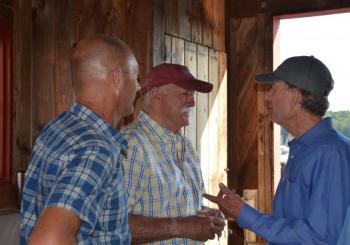 Julien Underwood, Sam Appleton and Charlton Ames. (Photo by Lynda Clancy)
Julien Underwood, Sam Appleton and Charlton Ames. (Photo by Lynda Clancy)
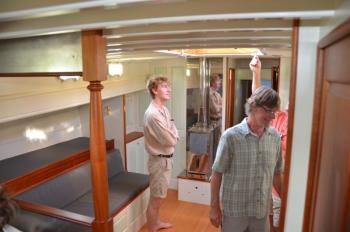
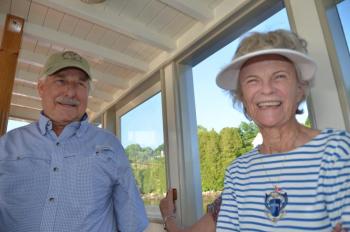 Sandy Schoenberg and Isabel (Ames) Schoenberg, of St. Petersburg, Florida, and Rockport. (Photo by Lynda Clancy)
Sandy Schoenberg and Isabel (Ames) Schoenberg, of St. Petersburg, Florida, and Rockport. (Photo by Lynda Clancy)
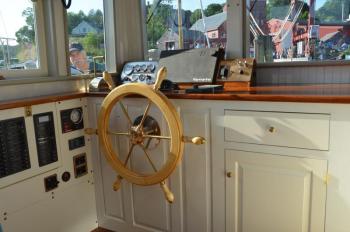 The pilot house of the Underwood.
The pilot house of the Underwood.
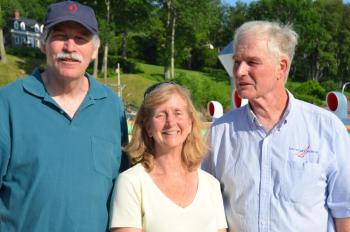 The launching served as a mini-reunion, as well, of the former Five Town CSD School Board, circa 1999: Joe Curl, Lee Goss and Taylor Allen. (Photo by Lynda Clancy)
The launching served as a mini-reunion, as well, of the former Five Town CSD School Board, circa 1999: Joe Curl, Lee Goss and Taylor Allen. (Photo by Lynda Clancy)
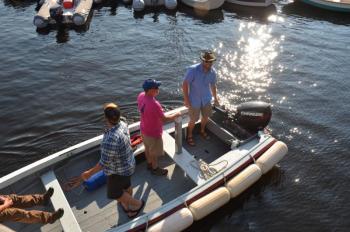
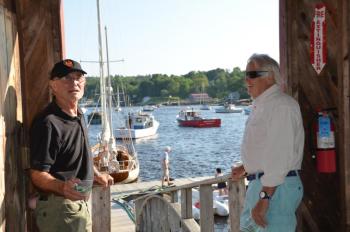 Gary Price and Steve Smith
Gary Price and Steve Smith
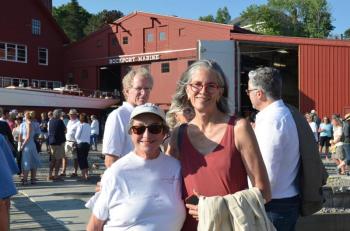 Sani Fogel and Monica Kelly.
Sani Fogel and Monica Kelly.
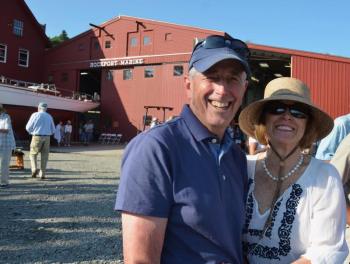 Richard Anderson and Kathrin Seitz.
Richard Anderson and Kathrin Seitz.
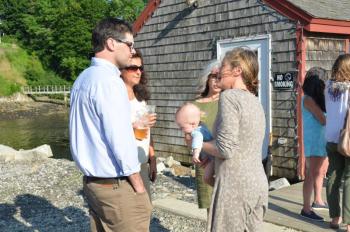
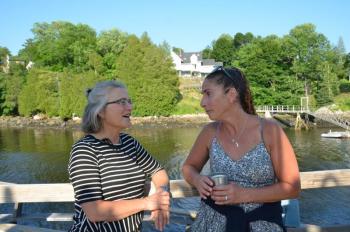 Eliza Haselton and Kim Kimball.
Eliza Haselton and Kim Kimball.
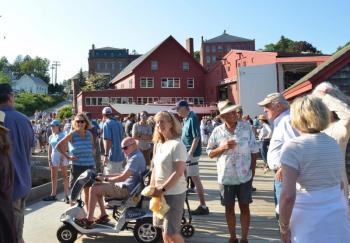
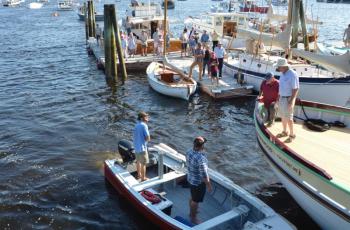
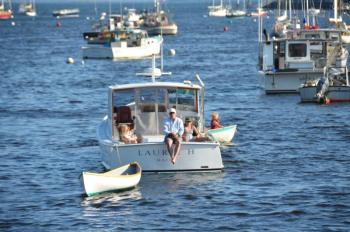
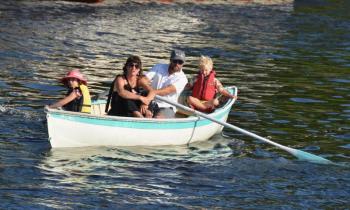
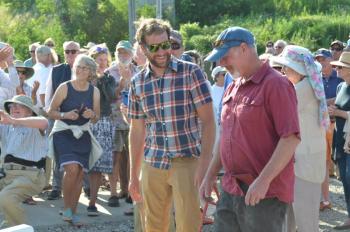 Sam Temple and Tim Watts
Sam Temple and Tim Watts

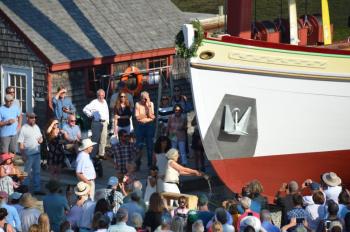
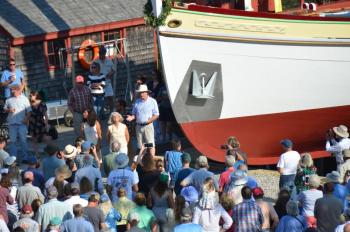
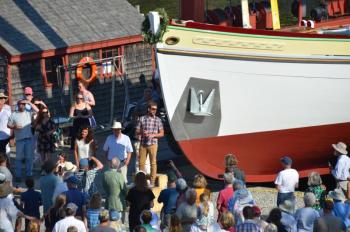
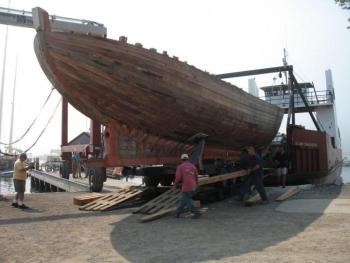 The Underwood, as it arrived at Rockport Marine, 12 years ago. (Photo courtesy Rockport Marine)
The Underwood, as it arrived at Rockport Marine, 12 years ago. (Photo courtesy Rockport Marine)
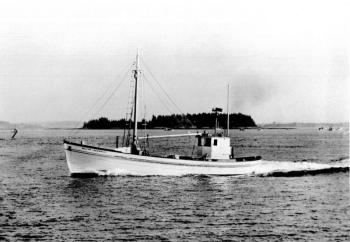 The Underwood in its working days. (Photo courtesy Rockport Marine)
The Underwood in its working days. (Photo courtesy Rockport Marine)
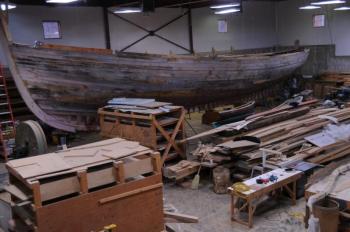 Inside Rockport Marine. (Photo courtesy Rockport Marine)
Inside Rockport Marine. (Photo courtesy Rockport Marine)
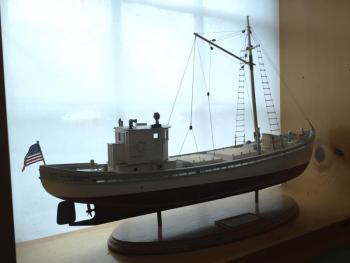 A model of the Underwood that is in Southwest Harbor. (Photo courtesy Judy Bonzi)
A model of the Underwood that is in Southwest Harbor. (Photo courtesy Judy Bonzi)
ROCKPORT — Taylor Allen first glimpsed the William Underwood more than 12 years ago at the Atlantic Boatyard down on Flye Point in Brooklin, on Herrick Bay. The old sardine carrier, built in 1941, had been partially overhauled — more accurately, the vessel had been stripped to its hull, and had been sitting under a cover for some time.
“It seemed like a good project,” said Taylor, who appreciates the lines and shape, not to mention the utilitarian purpose of these boats, which at one time plied the Atlantic coastline, hauling the sardines and herring from the weirs and transporting them back to the packing plants perched on the waterfront in places like Rockland, Bass Harbor and Jonesport. The fish, which had been tightly channeled into an enclosed net and pumped aboard the carriers, were then deposited at the canneries.
A lot can change in 12 years, but one constant was Taylor’s methodical rebuild of the Underwood. It was a labor of love born of an appreciation for the design of a particular vessel.
“They are at the top of their development, froma time when form and function came together,” he said, speaking to a crowd that had gathered July 13 at Rockport Marine to celebrate the launching of the rebuilt vessel. “They are beautiful objects and I am really honored to have been able to have done this.”
Under a crisp breeze and warm summer sun, the William Underwood, now fully transformed and glowing under fresh paint, was slowly settled back into the Atlantic after decades in dry dock.
Martha White, Taylor’s wife, ceremoniously swept a bottle of Champagne against the bow of the Underwood. A cannon boomed, followed by a cloud of smoke, and the crowd cheered the project’s completion.
The William Underwood
Long before Taylor Allen’s odyssey with the boat began, the Underwood had served as carrier for the fishing industry, and in particular, the Boston-based Underwood Canning Company. Its legacy is part of how the world fed its armies and the populations.
Rosswell Underwood and his father, William, were in Rockport for the relaunching of the Underwood, one of the last sardine and herring carriers in existence, and talked a little about how the business of their ancestors.
Great-great-great grandfather William Underwood, born in 1787, had worked with the canning company Crosse and Blackwell in England, and learned the canning process with Nicholas Appert, a Frenchman who had been awarded the Cross from Napoleon, “because he figured out a way to feed the grand army of France,” said the present-day William Underwood, standing in the pilot house of the rebuilt Underwood.
Underwood took what he learned back to Boston, and in 1822, began preserving food for the settlers, and building a profitable enterprise. The sardine and herring venture of the business involved commissioning carriers, and the William Underwood comes from the venerable desk of naval architect Walter J. McInnis, who, with his firm Eldridge-McInnis, designed hundreds of small ships and carriers in the 1930s and 1940s.
Simms Brothers Boat Yard, in Dorchester, Massachusetts, built the Underwood, and the vessel joined other carriers, like the Roamer and Joyce Marie, at Maine docks.
Then, in the 1980s, the herring and sardine market contracted and the Underwood was acquired by a private owner, who initiated some restoration, and then stopped.
The boat sat at Flye Point until Taylor learned about it. He went over, and nodded to his friends in Brooklin that yes, he’d haul the aging vessel back to Rockport. Bill Page, formerly of Page, Payne & Cannell, in Camden, was the boat broker and a big fan of Taylor’s acquisition.
Taylor then called Tom Brownell, who owns Brownell Systems, Inc., in Mattapoisett, Mass., and who has moved Rockport Marine yachts many times over the past years.
Brownell arrived in Brooklin with a truck, loaded the Underwood hull onto it, backed onto a barge, which then steamed the truck/boat package across to Penobscot Bay to Rockport.
There, the Underwood was tucked in the back corner of the Rockport Marine boat shed, where it remained, slowly getting attention while the hustle and bustle of the boat builders went about more than a decade of business.
More than two years ago, on a cold January Sunday morning, Taylor was moving about the interior of the Underwood, poring over plans that were stretched out on tables in the back of the shed. The vessel was slowly retaking its shape, and Taylor’s quiet focus was on its potential that was growing with the rough framing.
What emerged from that shed in July 2019 was a proud boat. The colors of cream and pistachio green trim, with an interior evoking Herreshoff, as one admirer said, was offset by a gleaming wood deck, and the finishing touch: hand-painted sardines courtesy of Colin Burns leap across the bow line. The Underwood was ready a new era as a coastal cruiser.
“I’d like to go up to eastern Canada,” said Taylor. “Maybe go south in the winter to the Bahamas. It is not an oceangoing boat, and not one I’d want to take to Bermuda.”
The crowd that had gathered at Rockport Marine to celebrate with Taylor Allen and Martha White, their son, Sam Temple, who is now running the yard, and the craftsmen who helped Taylor work on the boat, was delighted by the creative energy that the rebuild entailed.
“I appreciate the help from my family and the boat yard crew,” said Taylor, standing in front of the vessel, just before it was lowered into the water. “It couldn’t have happened without everyone at the boat yard.”
He thanked Sam Chamberlain, who “laid out the interior of this boat and drew the waterline on it, and allowed us, the boat yard crew, to build what you see here.”
Taylor also thanked Glenn Pease, Scott Whiting, the yard’s mechanic, Parker Hackett, “a wonderful craftsman,” Tim Watts, “who does his work cheerfully, quickly and with great skill.”
At 70 feet in length, with a 16-foot beam, drawing six feet, and weighing 100,000 pounds, the boat is powered by a 1980s 250 horsepower Cummins engine, which has been rebuilt by Billings Diesel and Marine in Stonington.
The electrical systems were installed by Eric Palmer, and Ed Hurlburt helped with the installation.
“I did the installation and Ed cleaned it up,” said Taylor.
Right now, the Underwood sits at the dock, while finishing touches are made. To Taylor, it’s a finished project, and he likes projects. He’s not one to talk about why he took it on, only that it lit a creative spark in him, which slowly took shape.
Mostly, he appreciates the sardine carriers, and their place in our maritime history.
“These boats were purpose-designed,” he said. “To my eye, they are just beautiful.”
Reach Editorial Director Lynda Clancy at lyndaclancy@penbaypilot.com; 207-706-6657
Event Date
Address
United States

